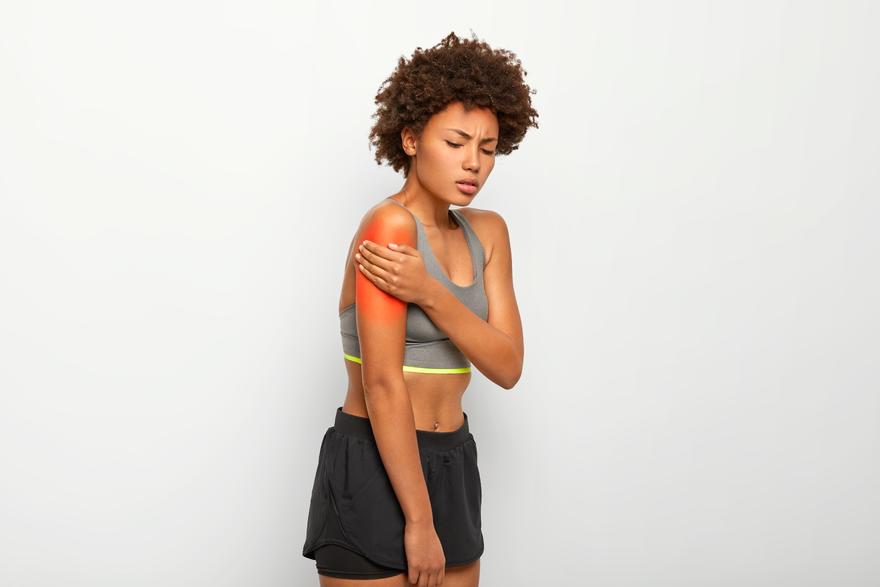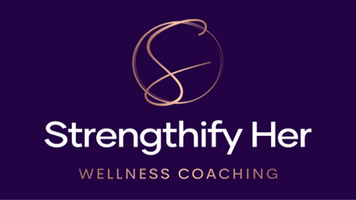
This quick-start guide was created to help you understand the muscle soreness that often follows a challenging workout—what it means, how to tell it apart from injury, and how to recover smart, especially in midlife.
What is Delayed Onset Muscle Soreness (DOMS)?
Delayed Onset Muscle Soreness (DOMS) is that tender, sore or achy feeling you may notice a day or two after a challenging workout, especially if the movements are new or more intense than usual. It typically develops 12–24 hours after activity, peaks around 48–72 hours and can last anywhere from 3 to 5 days. For women, especially for those of us in midlife, DOMS may feel stronger and may last longer—but it’s usually a sign our muscles are adapting and growing stronger.
What Causes DOMS?
DOMS is caused by mild damage to the muscle cells and is like a grade 1 muscle strain (ouch!).
The minor damage to our muscles causes pain and ushers in inflammation. This is actually the same process involved in building muscle and strength. While it can definitely feel uncomfortable (and yes, we’ve all been there!), it’s also an essential part of your strength-building journey. Muscle soreness that fades in a few days and improves with movement is completely normal. When your muscle fibers build up after these tears, they recover and come back stronger.
DOMS is not the same as an injury. Sharp, stabbing, or worsening pain are red flags. Let’s learn more about the differences between DOMs vs. Injury below:
DOMS vs Injury
✔️ Normal DOMS:
– Feels like dull ache or tenderness
– Comes on gradually, and peaks 48–72 hrs
– Affects both sides equally
– Improves with light movement
❌ Possible Injury:
– Feels sharp or stabbing
– Sudden onset during workout
– Gets worse with time
– Affects one side or causes instability
Should I Feel DOMS All the Time?
Nope, not at all. While DOMS is a normal part of strength training, it’s not a requirement for results. You can absolutely build strength and make progress without feeling sore after every workout. In fact, if you’re sore after every single session, you might not be allowing your body enough recovery—or your program might lack strategic progression and be putting unnecessary stress on your body, which can do more harm than good—especially during perimenopause.
That said, some soreness is a good thing—especially when:
- You’ve increased weight or reps
- You’ve added new movement patterns (like lunges, single-leg work, or tempo training)
- You’re returning after a break or are new to a particular form of exercise
On the flip side, experiencing mild to moderate DOMS occasionally—especially after increasing weight, volume, or trying a new exercise—is a good sign you’re progressing and continuing to challenge your muscles. The key is to expect it sometimes, respect it when it happens, and recover smart so you can keep moving forward.
… Speaking of recovery, below are some Pro Tips to help you recover effectively:
DOMS Recovery Pro Tips: Strategies That Actually Work
✅ Foam Roll First:
Gentle pressure before your workout reduces tension and improves circulation.
✅ Warm Up & Cool Down:
Dynamic stretches before, static stretches after. Your muscles will thank you.
✅ Stay Hydrated:
Muscles need water to repair. So sip before, during, and after workouts.
✅ Don’t Skip Rest Days:
Recovery is when the gains happen. Gentle movement (like walking) helps speed up the recovery.
✅ Celebrate Progress, Not Pain:
Soreness doesn’t mean you did something wrong—it means you’ve challenged your muscles. It’s not required for progress, but mild to moderate DOMS now and then is a good sign you’re training with effective intensity.
Smart Supplement Support for Recovery
For many midlife women, soreness and joint stiffness are more noticeable due to hormonal shifts. These professional-grade supplements can support recovery, reduce inflammation, so you feel strong—not stuck.
Top Picks:
- Magnesium Glycinate or Malate: Relax sore muscles, improve sleep, reduce cramping
- Omega-3s (EPA/DHA): Reduce inflammation, support joints
- Collagen + Vitamin C: Nourish connective tissue
- Turmeric (with black pepper): Anti-inflammatory and joint-friendly
- Electrolytes: Prevent cramping and support hydration
Need help choosing what’s right for you?
I’ve curated a selection of midlife-friendly, recovery-supporting supplements through a trusted professional dispensary.
Ready to support your recovery from the inside out?
Click here to explore the Strengthify Her Fullscript Dispensary
You'll receive 15% off every order and free shipping on purchases over $50.


Comments